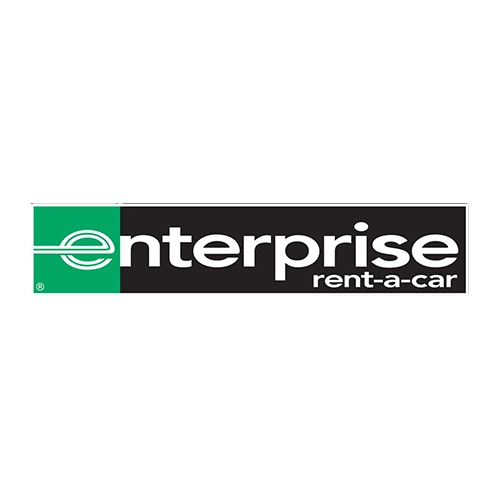
THE POWER OF ELECTRONIC MESSAGE SIGNS: HOW TO MAKE A LASTING IMPRESSION
The power of electronic message signs has become an integral part of our daily lives, whether we realize it or not. From billboards to digital displays at malls, schools, and office buildings, these signs are everywhere, competing for our attention and trying to convey important messages. But what makes them effective, and how can businesses harness their power? In this blog, we’ll explore portable VMS as electronic message signs.
The Advantages of Electronic Message Signs
Before we dive into the specifics of making a lasting impression, let’s first discuss why electronic message signs are so effective.
Dynamic content: Electronic message signs can showcase videos, animations, graphics, and text, which offers more dynamic content than traditional signage. This flexibility allows businesses to convey complex messages, promote multiple products or services, and engage audiences in ways that were previously impossible.
Captures attention: Their vibrant colors, bold fonts, and moving images boost visibility, ensuring messages are noticed even in crowded environments.
Memorable experience: Dynamic content and eye-catching visuals create a memorable experience for viewers. Studies have shown that people are more likely to remember messages displayed on electronic signs than those on traditional signs, primarily because they are more visually appealing and stimulating.
Longer lifespan: Electronic message signs have a longer lifespan than traditional signage and are designed to withstand wear and tear. They are often protected by durable glass or plastic surfaces, ensuring that the message remains clear and legible for years to come.
Cost-effective: Electronic message signs are a durable and cost-effective investment for businesses.
Tips for Creating Effective Electronic Messages on Portable VMS
- Keep It Simple: Maintain a clear and concise message on your sign to ensure quick comprehension.
- Use High-Quality Visuals: Invest in professional graphics that enhance visual appeal and convey your brand’s image effectively.
- Be Creative: Stand out from the crowd by employing unique fonts, colors, and interactive elements that grab attention.
- Timing Is Everything: Consider the context and schedule messages accordingly to align with your target audience’s needs and preferences.
- Consistency Matters: Maintain brand consistency in logos, colors, and messaging to reinforce your brand identity.
- Measure Success: Track metrics such as foot traffic, sales, and customer feedback to evaluate the effectiveness of your electronic message signs and refine future strategies.
Real-World Examples of Impactful Portable VMS as Electronic Message Signs
Let’s examine some real-world examples of electronic message signs that left a lasting impression:
Example #1: McDonald’s Digital Menu Boards
McDonald’s revolutionized fast food menus by introducing digital menu boards that display mouthwatering images of their meals. These boards are strategically placed near entrance points, captivating customers’ attention and influencing their purchasing decisions. By combining high-quality visuals with simple navigation, McDonald’s has increased sales and reduced wait times for customers.
Example #2: Times Square Billboards
Times Square, located in the heart of New York City, is known for its iconic billboards that tower over the bustling streets. These electronic message signs are a prime example of how technology can be used to create an immersive and engaging experience. The billboards feature dynamic content such as video clips, animations, and live feeds, which are designed to capture the attention of passing pedestrians.
Example #3: Retail Displays
Many fashion brands use digital signage to showcase their latest collections, provide product information, and offer personalized recommendations. Sephora, a cosmetics retailer, uses digital displays to create an interactive environment. Their “Virtual Artistic” platform employs AR to let customers try makeup looks without applying products physically. Standing before a digital mirror, the AR software superimposes various makeup styles, enhancing customer engagement and boosting sales.
Best Practices for Implementing Electronic Message Signs
Implementing electronic message signs successfully requires careful planning and execution. Key best practices include defining your target audience, developing a comprehensive content strategy that aligns with your goals, choosing suitable hardware that meets your specific requirements, optimizing accessibility features to ensure inclusivity, and regularly monitoring and maintaining the signs to ensure optimal performance and longevity.
Conclusion
Electronic message signs are a powerful tool for modern communication, creating lasting impressions and driving results. Businesses can elevate their marketing efforts and build stronger customer relationships by following best practices and leveraging portable VMS as electronic message signs.
FAQ‘s
Q.1 What is an example of a variable message sign?
Ans: An example is a digital highway sign that displays real-time traffic updates and lane closures.
Q.2 How do variable message signs work?
Ans: These signs use LED or digital technology to display dynamic messages, controlled remotely, conveying real-time information or important alerts to drivers.
Q.3 What is the difference between a changeable message sign and a variable message sign?
Ans: Changeable message signs typically have static text, while variable message signs can display dynamic, real-time information and graphics.
Q.4 What are the different types of variable message signs?
Ans: There are portable VMS, permanent VMS, and mobile VMS units, each with distinct applications and features.
Q.5 What are effective variable messages?
Ans: Effective messages are clear and concise and provide relevant, real-time information like traffic updates, road conditions, or safety alerts.





















